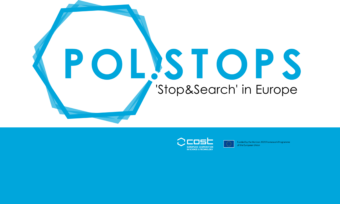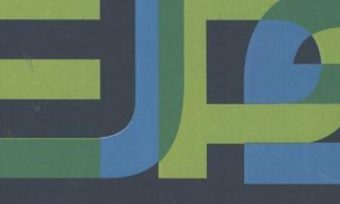Young people belonging to categories and living in areas that are targeted by the police find more arguments for detailed police critique than others. When they narrate their assessments there is a series of experiential references being made, which can be used to sort out their police critique. This article draws on 20 interviews with ethnic minority youth in so-called vulnerable neighborhoods in Sweden. It shows how young people portray the police as sometimes profiling and racist, sometimes just and legitimate, and how they do so by comparisons and identifications. Comparisons within Sweden and identifications with police targets tend to result in more negative assessments whereas comparisons with countries of origin and identifications with non-targeted categories may result in more positive or mixed assessments. These young people also evaluate the police with reference to the stigmatization of their neighborhoods. To be stopped because you are associated with a residential area is described as deeply unfair, even if the police are polite, and observations of how the police change behavior in different areas promote critique. Our findings point to the importance of extending a criteria-based model of how today’s young people assess the police with a more social and ethnographic understanding.
Latest News
International conference POLICE STOPS ACROSS EUROPE (28 February 2023, The Hague, The Netherlands)
News
For more than four years, our EU COST funded network on Police Stops has been gathering information, hearing from experts…
Read moreWorkshop 'Registration of police stops and ethnicity and defining the police stop' 31 Aug - 2 Sept 2022
News
In line with our project’s ambition to share learning and explore the issue police stops across Europe, we are organising…
Read moreCfP European Journal of Policing Studies - Special Issue: The Dynamics of Police Stops
News
European Journal of Policing Studies Special Issue: The Dynamics of Police Stops Guest editors: Mike Rowe Sofie de Kimpe Vincenzo…
Read morePolstops Newsletter n4 (June 2022)
News
At last, we have been able to meet again. And we can now begin to identify what we have missed…
Read more




